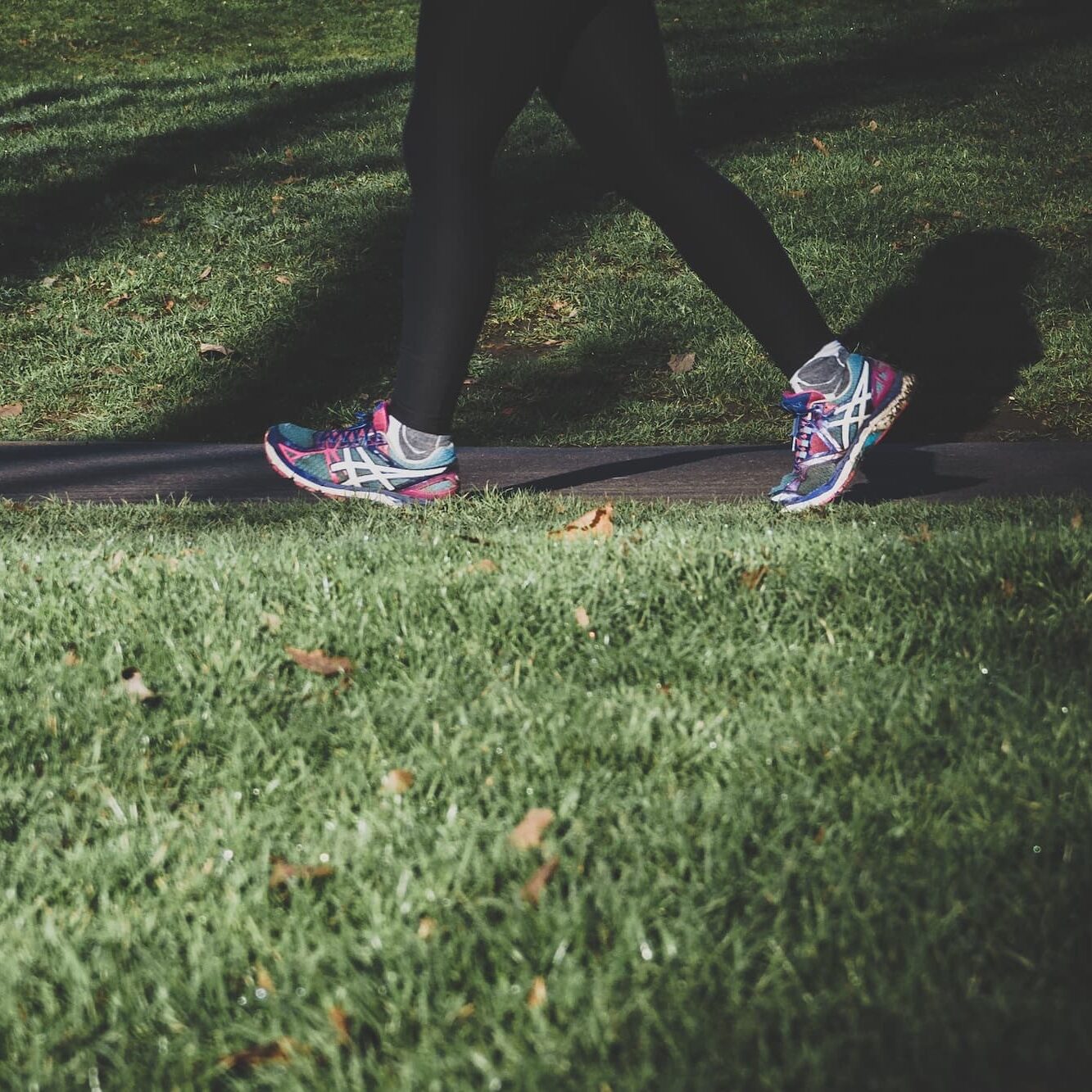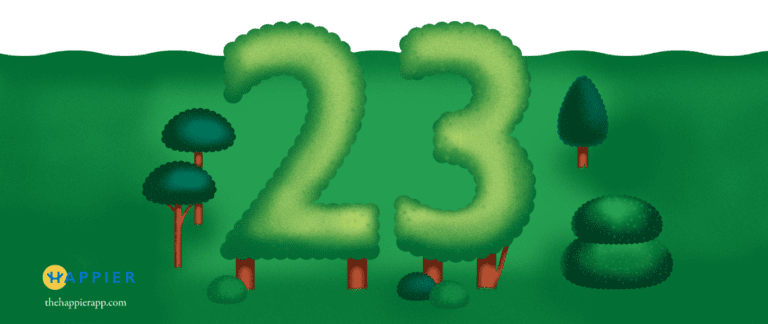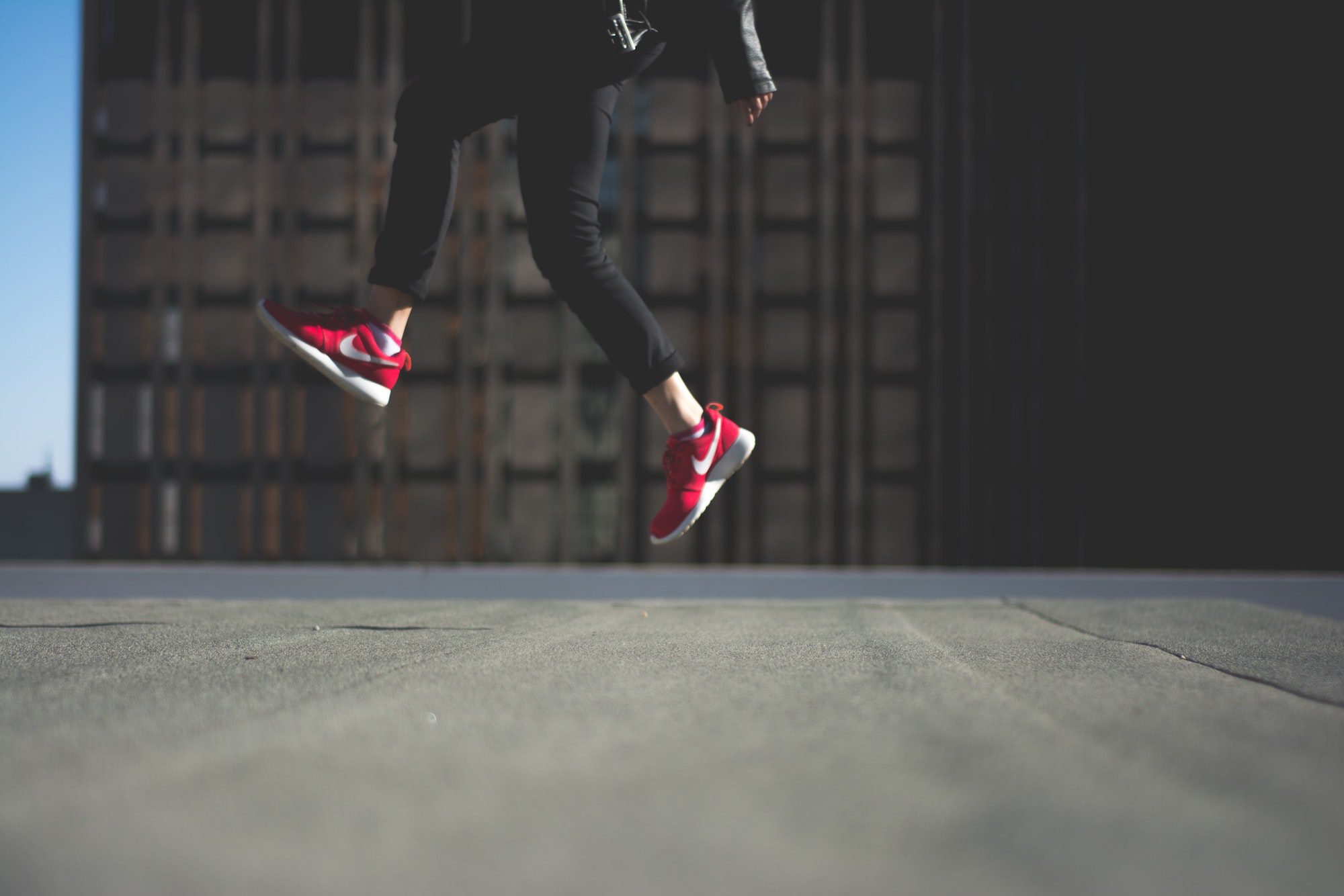I think a lot about human nature: Who we are; why we do what we do (or not); how we can change if we want to change. So I think a lot about happiness and how we can be happier, healthier, more productive, and more creative. And one of the most straightforward and manageable things that just about anyone can do is to walk 20 minutes each day. If you listen to the Happier with Gretchen Rubin podcast, you heard Elizabeth and me introduce this idea in episode 252.
Now, why bother walking for 20 minutes a day?
Research makes it clear that exercise boosts our health. Studies show that active people have lower incidences of heart disease, obesity, cancer, dementia, and Type 2 diabetes, and usually live longer than people who are sedentary. Exercise improves circulation and posture, as well as focus, energy, restful sleep, and creativity. Exercise makes people less likely to develop depression and reduces anxiety, and is linked to happy moods.
But many of us don’t get much physical activity, and in fact, many Americans are completely sedentary.
The encouraging thing is that when we go from no activity to a little activity, we get great benefits. And if we’re already exercising, adding more movement to our day is still going to give us a boost.
If you’d like to read more about why “Walk 20 in ’20” is good for our health and happiness (Questioners, I know you want facts and justifications!), check out these articles and books:
- “Why Walking is the Most Underrated Form of Exercise“
- “Even a Little Exercise Might Make Us Happier“
- In Praise of Walking: The New Science of How We Walk and Why It’s Good for Us by Shane O’Mara.
- The Joy of Movement: How Exercise Helps Us Find Happiness, Hope, Connection, and Courage by Kelly McGonigal (Elizabeth and I will talk to her about her book in episode 257 of the Happier Podcast)
Many people, I’ve found, agree that 20 minutes of walking each day would make them feel happier and more energetic. But they struggle to stick to it.
If that’s your issue, my book Better Than Before explores the 21 strategies we can use to build our habits. Sometimes people tell me, “Twenty-one is too many! Give me the three big ones!” But different strategies work for different people, so consider the menu of options and choose the strategies that work for you.
For instance, I describe how to use the Strategy of Pairing, the Strategy of Convenience, the Strategy of Scheduling, the Strategy of Accountability, the Strategy of Monitoring, and the Strategy of Identity.
To make habit change easier, I’ve created a one-page “Checklist for Habit Change” that lists all the strategies that you can use to create this habit. You very well might use many strategies in combination—which is easier than it sounds.
You may also want to take a look at my one-pager “Exercising Better Than Before.”
To get a deeper sense of why you might be struggling with a habit, and to learn which of the 21 strategies will work best for you, my book The Four Tendencies can help you figure out the approach that’s most likely to work. If you don’t yet know if you’re an Upholder, Questioner, Obliger, or Rebel, take the quick, free quiz here (more than 3.2 million people have taken this quiz).
If you’re discouraged because you’ve tried and failed in the past to master an important habit, don’t worry. There’s nothing wrong with you. You probably just set things up in a way that doesn’t suit you. Answers and solutions exist! It turns out that it’s not that hard to change a habit, when you do it in the way that’s right for you.
You might consider using #Walk20in20 to post from your daily walk on social media. As the Strategy of Other People explains, we pick up habits (for better or worse) from other people, so it’s helpful to feel like we’re joining with others.
And if, like many people, you like using the “Don’t break the chain” approach, I created a “Walk 20 in ’20” one-pager that lets you cross off every day you walk. But with “Don’t break the chain,” remember—we don’t want to break the chain, but if we do break the chain, it’s not a big deal—just start back up the next day. It’s one of my habit aphorisms: What we do most days matters more than what we do once in a while.
As you think about your #Walk20in20, try to find ways to add whimsy or fun. Listen to a favorite podcast or audiobook during your walk. Create a playlist of your favorite music. Do your walk around a dog park, so you can play with some dogs. Make a chart and color it in with fun colors and designs. At least some days, you might walk with a friend—this is item #9 on my “20 for 20” list. Or maybe you crave solitude. No one will talk to you while you’re walking!
FAQ:
Can I divide up the time to walk 10 minutes twice a day, and still get the benefits? Yes.
I can’t go for a 20 minute walk. Can I join in and do something else, like yoga or reading, with my 20 minutes? Of course!
I don’t like going outside in winter weather. Are there any suggestions for walking indoors? Walk in a mall, around the edge of a big-box store, or look on YouTube for some “20 minute walk” videos. Alternatively, invest in some very warm clothes and good shoes, and try braving the cold.
It’s easier for me to think about “steps” than “minutes.” What number of steps should I aim for? That’s about 2,400 steps.
Imagine how great it will feel to get to the end of 2020 and think back on all the walking you did, twenty minutes a day, over the course of the year. It really will make you happier and healthier, and in what seems like a paradox but isn’t, it will make you both more energetic and more calm.
Let’s do this!




